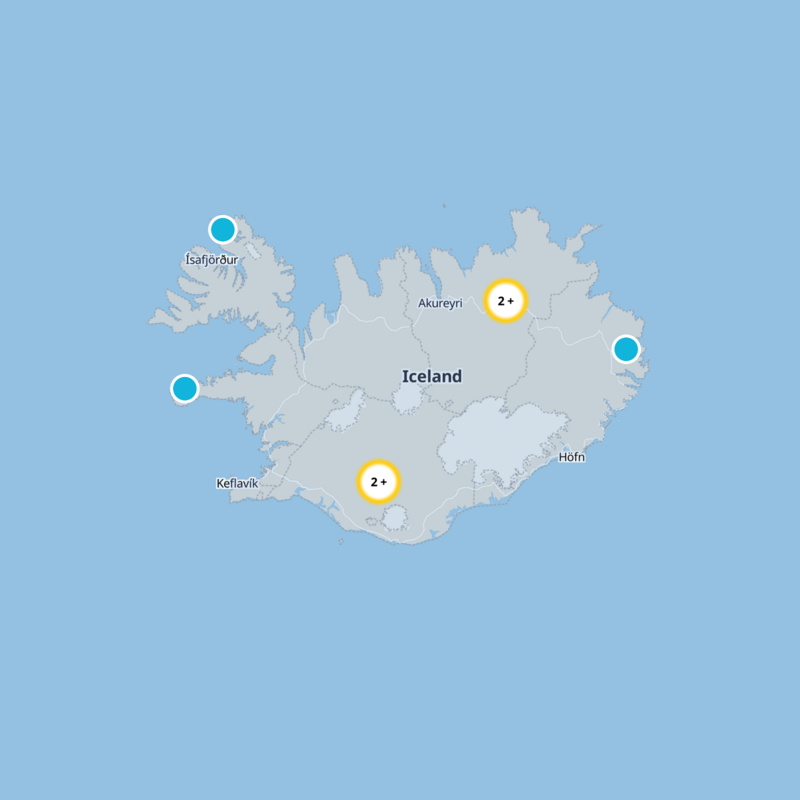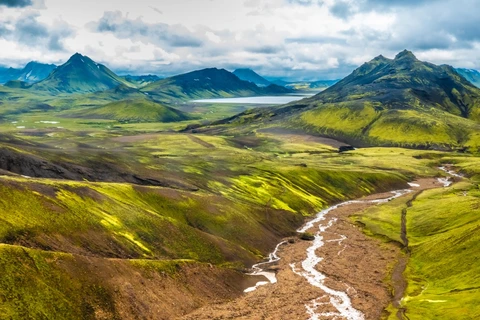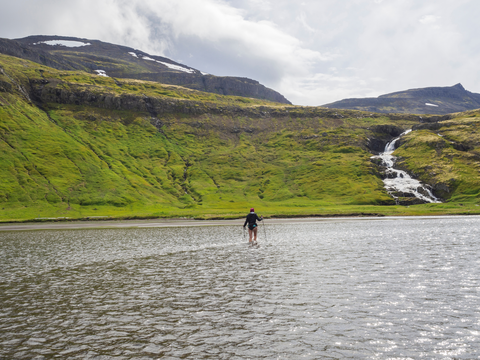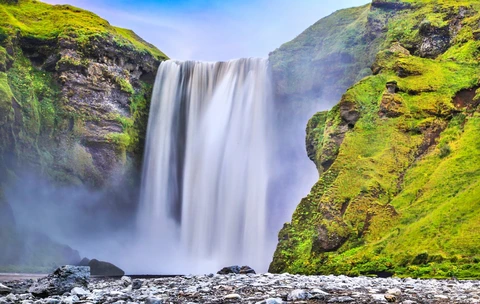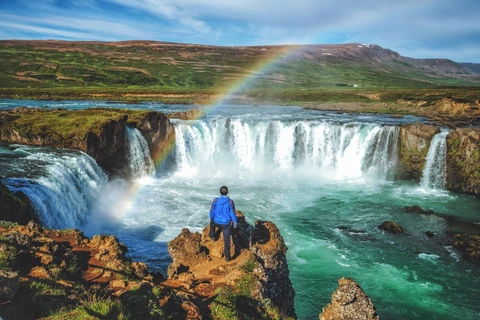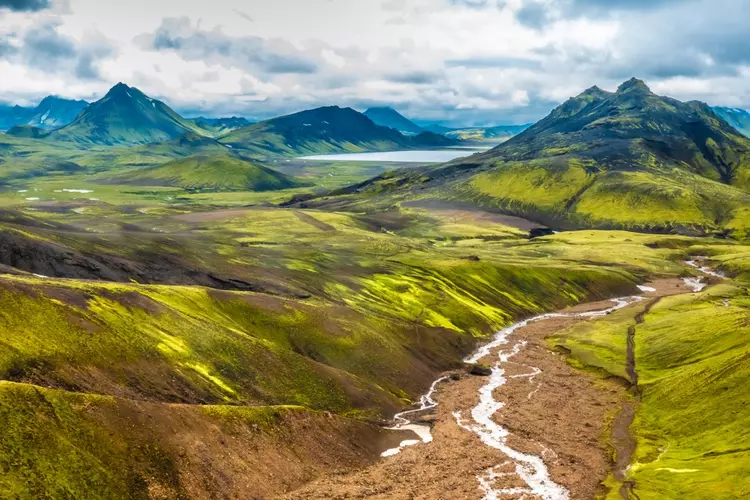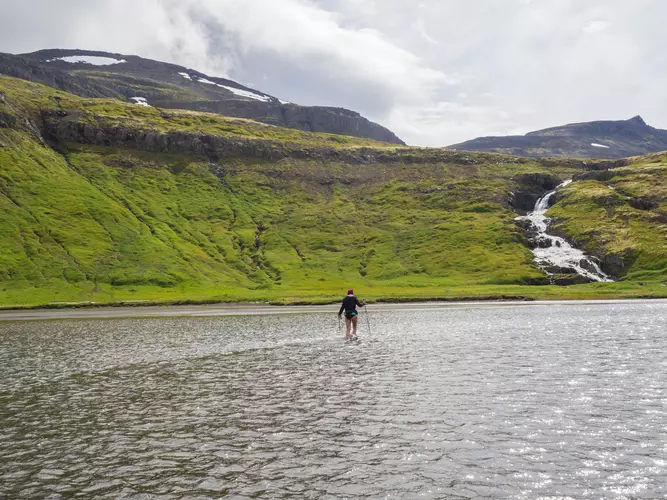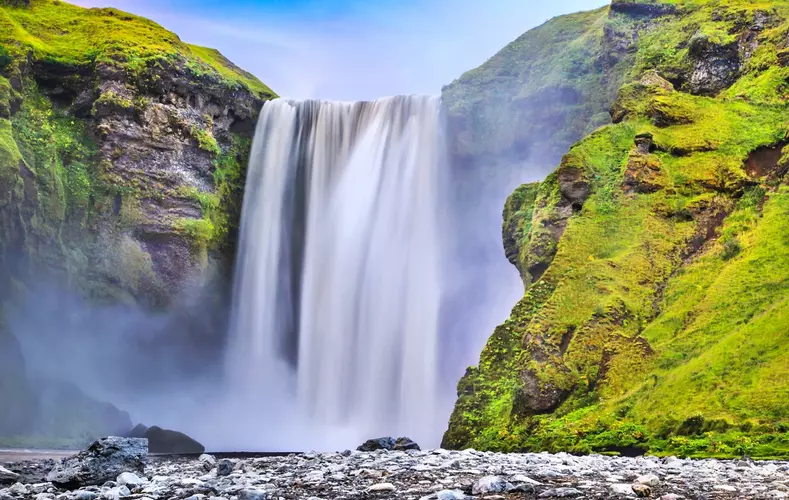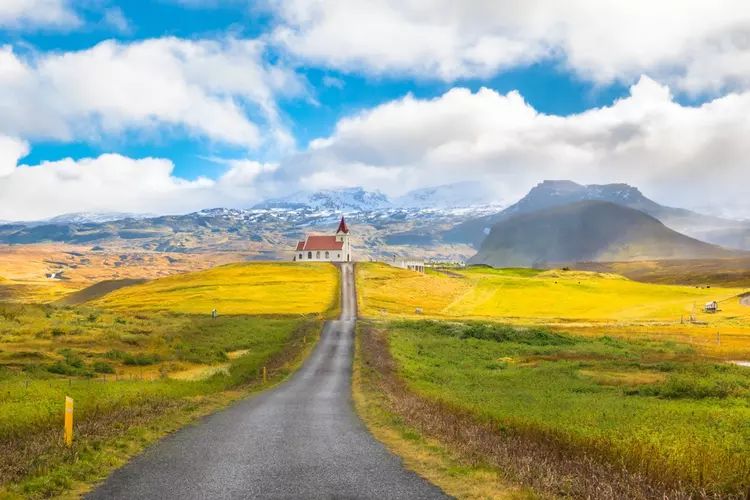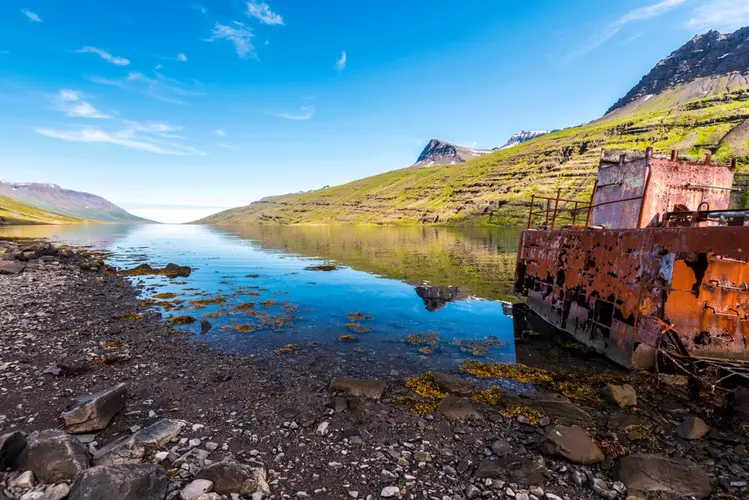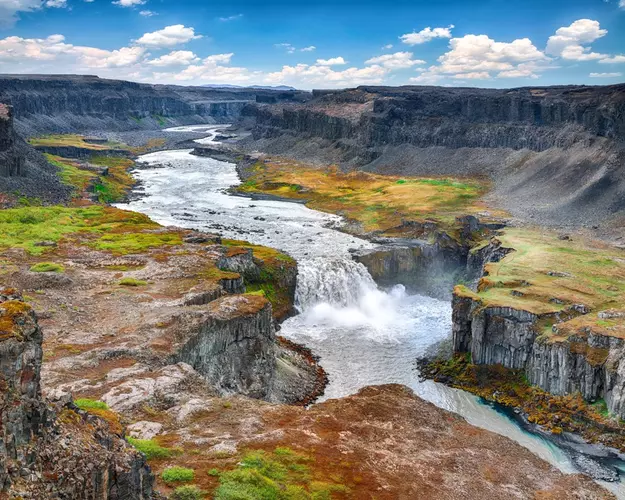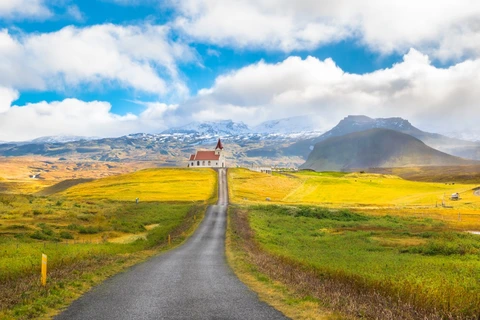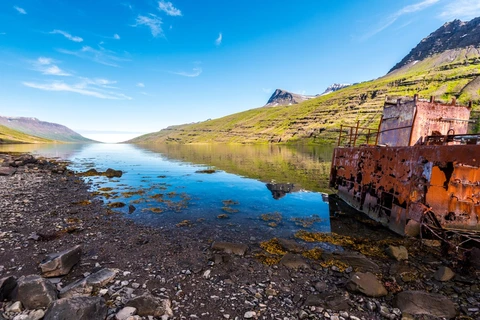"Discover Iceland's breathtaking landscapes, from vibrant mountains to stunning waterfalls, under the Northern Lights."
Embark on an unforgettable journey through Iceland's otherworldly landscapes, where every trail unveils a new marvel. Traverse the vibrant rhyolite mountains of Landmannalaugar, soak in the serenity of Þórsmörk's lush valleys, and stand in awe before the mighty Skógafoss waterfall. As you hike, witness the dance of the Northern Lights or the midnight sun's glow. Iceland's trails promise adventure, solitude, and a profound connection to nature's raw beauty, inviting you to explore its untamed wonders.
Most popular hikes
FAQs about hiking in Iceland






